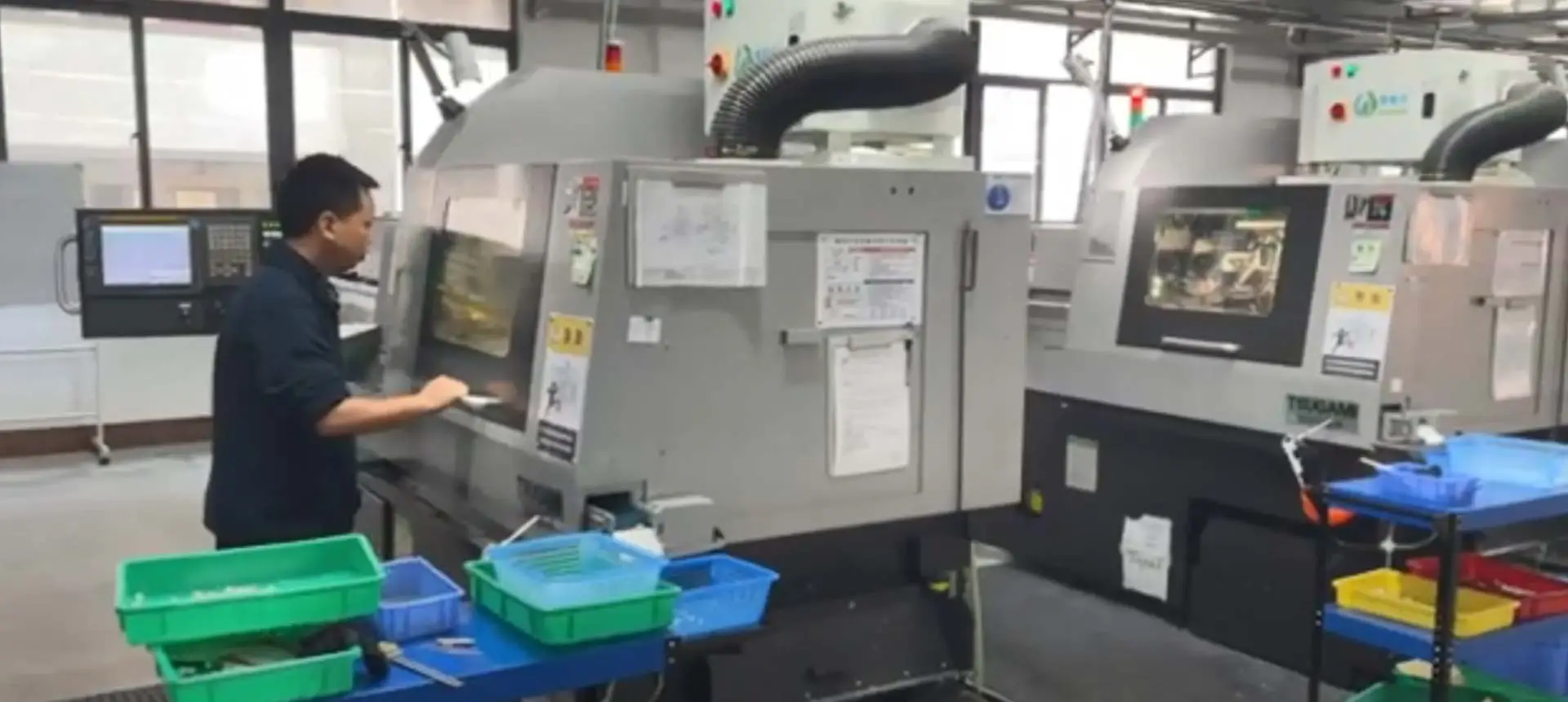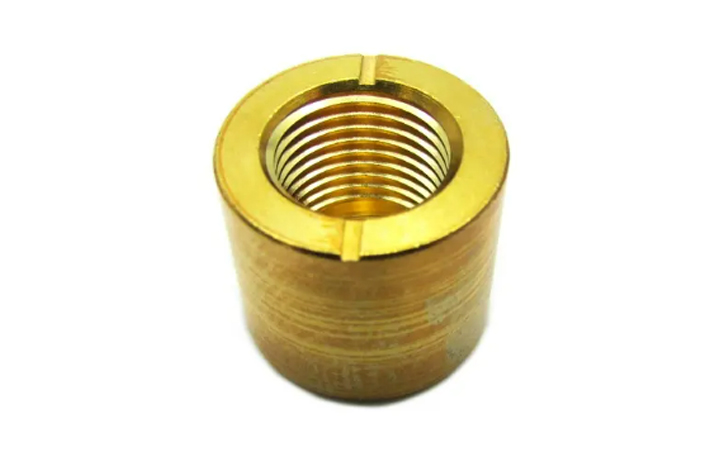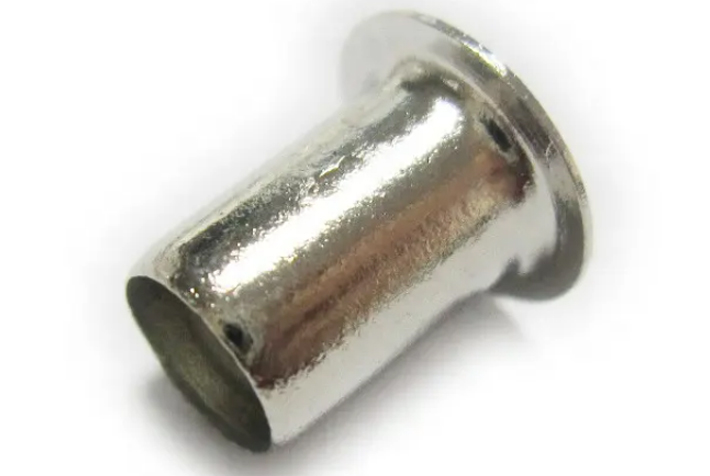
Материальный осмотр: Процесс проверки качества начинает с осмотра входящего сырья. Материалы используемые для втулок/рукавов должны соотвествовать определенным стандартам и требованиям. Методы испытания материалов могут включать анализ химического состава, испытание твердости и проверку размеров.
Размерная точность: Втулки/рукава должны иметь точные размеры для обеспечения свойственных пригонки и функциональности. Меры контроля качества включают размерные проверки с использованием калиброванных инструментов и оборудования, таких как штангенциркули, микрометры и датчики, для проверки внутреннего и внешнего диаметров, длины и толщины стенки.
Качество поверхности: Поверхностный финиш втулок/рукавов критический для ровной деятельности и уменьшенного трения. Проверки контроля качества включают визуальный осмотр поверхностей на наличие дефектов, таких как заусенцы, царапины или неровности. Измерения шероховатости поверхности также могут быть выполнены с использованием таких инструментов, как профилометры.
Проверка допуска: Втулки/рукава имеют специфические допуски которые определяют приемлемые изменения в размерах. Процедуры контроля качества включают проверку изготовленных компонентов на соответствие этим допускам, чтобы убедиться, что они попадают в указанные пределы.
Механические свойства: В зависимости от требований к применения, некоторым механическим свойствам втулок/рукавов, как твердость, прочность на растяжение, и удлиненность, нужно быть оцененным. Эти свойства могут быть оценены с помощью стандартизированных методов испытаний, включая испытания на твердость (например, Rockwell или Brinell) и испытания на растяжение.
Материал | Утюг, нержавеющая сталь, латунь, медь, гальванизированная сталь, титан, алюминий, етк. |
Обработка поверхности | Цинк/никель/олово/Аг-покрытый/Ау-покрытый, етк. |
Тип | Высокая точность нестандартных деталей (Обслуживание OEM) |
Процесс | Штамповка/штамповка/прессование, обработка с ЧПУ/токарная обработка/фрезерование, глубокая вытяжка и другие процессы. |
Сертификат | IATF16949 2016;I SO9001 2015; ISO14001:2015;RoHS и REACH и т. Д. |
Использование | Термостат автомобильных/автомобиля, переключатель, нагрев электрическим током, воздушно-космическое пространство, новая энергия, етк. |
Втулки, также известные как рукава, цилиндрические компоненты используемые в различных применениях для того чтобы обеспечить поддержку, уменьшить трение, и поглотить удары или вибрации. Конкретные характеристики продукта втулок/рукавов могут варьироваться в зависимости от предполагаемого использования и материалов, из которых они изготовлены.
Сопротивление носки:Втулки/рукава могут иметь специфические особенности для увеличения их сопротивления носки, особенно в высоко-нагрузке или высокоскоростных применениях. Эти особенности могут включать специальные поверхностные покрытия, термообработку или использование материалов с присущими им износостойкими свойствами.
Демпфация и амортизация:Некоторые втулки/рукава предназначены для поглощения ударов или вибраций, уменьшая передачу ударных сил. Они могут обладать такими свойствами, как высокая эластичность, гибкость или способность деформироваться под нагрузкой, обеспечивая демпфирующие характеристики.
Коррозионная устойчивость:В зависимости от применения и оперативной среды, втулки/рукава могут требовать коррозионностойких свойств. Это особенно важно при воздействии влаги, химических веществ или экстремальных температур. Выбор подходящего материала или нанесение защитных покрытий может повысить коррозионную стойкость втулок.
Применение-специфические особенности:Некоторые втулки/рукава могут иметь дополнительные особенности специфические к некоторым применениям. Например, фланцевые втулки имеют встроенный фланец, который обеспечивает дополнительную устойчивость или точки крепления.
При выборе втулок/рукавов учитывайте конкретные требования вашего приложения, такие как грузоподъемность, скорость, условия эксплуатации и факторы окружающей среды. Понимание характеристик продукта и их пригодности для предполагаемого использования поможет обеспечить оптимальную производительность и долговечность.
Втулки простые цилиндрические компоненты конструированные для уменьшения трения между валом и внешними структурами, обеспечивая поддержку и наведение. Обычно встречаются в мебели, автомобильных подвесных системах и т. Д., Они предназначены для простоты и могут быть прочными или иметь встроенные смазочные канавки для уменьшения трения и повышения долговечности.

Подшипники, с другой стороны, являются более сложными механическими компонентами с телами качения, такими как шарики или ролики. Они уменьшают трение, обеспечивают большую несущую способность и обеспечивают высокоточную поддержку. Широко используемые в двигателях, двигателях, колесных осях и т. Д., Подшипники бывают различных конструкций для удовлетворения требований высокоскоростных и высоконагруженных приложений. Как поставщик оборудования, HHC занимается поставкой высококачественных втулок и подшипников для удовлетворения разнообразных потребностей в дизайне и применении в различных отраслях промышленности, способствуя развитию в различных областях.
Втулка является критическим компонентом, который снижает трение между валом и внешними конструкциями, и ее производительность определяется выбранными материалами. Здесь проводник на типах материалов втулки и соответствующие методы обработки для каждого:

Латунь:
Характеристики: ExhIbits хорошая теплопроводность и коррозионная стойкость.
Методы обработки: Латунь обыкновенно обрабатывается используя механические методы как поворачивать, филировать, и сверлить для того чтобы достигнуть пожеланных форм и размеров.
Бронза:
Характеристики: Обладает более высокой твердостью и износостойкостью.
Методы обработки: Бронза часто обрабатывается с помощью прецизионного литья, холодного выдавливания или других методов для изготовления сложных втулок.
Полимеры:
Характеристики: Известный для самосмазывания и коррозионной устойчивости.
Методы обработки: Втулки полимера типично изготовлены используя инжекционный метод литья, где расплавленный полимер впрыснут в прессформы для того чтобы сформировать пожеланную форму.

Металлические покрытия:
Характеристики: Обеспечивает превосходную износостойкость и прочность.
Методы обработки: Стальные втулки часто покрываются с использованием таких процессов, как горячее цинкование или гальваника, для достижения защитного металлического покрытия на поверхности.


